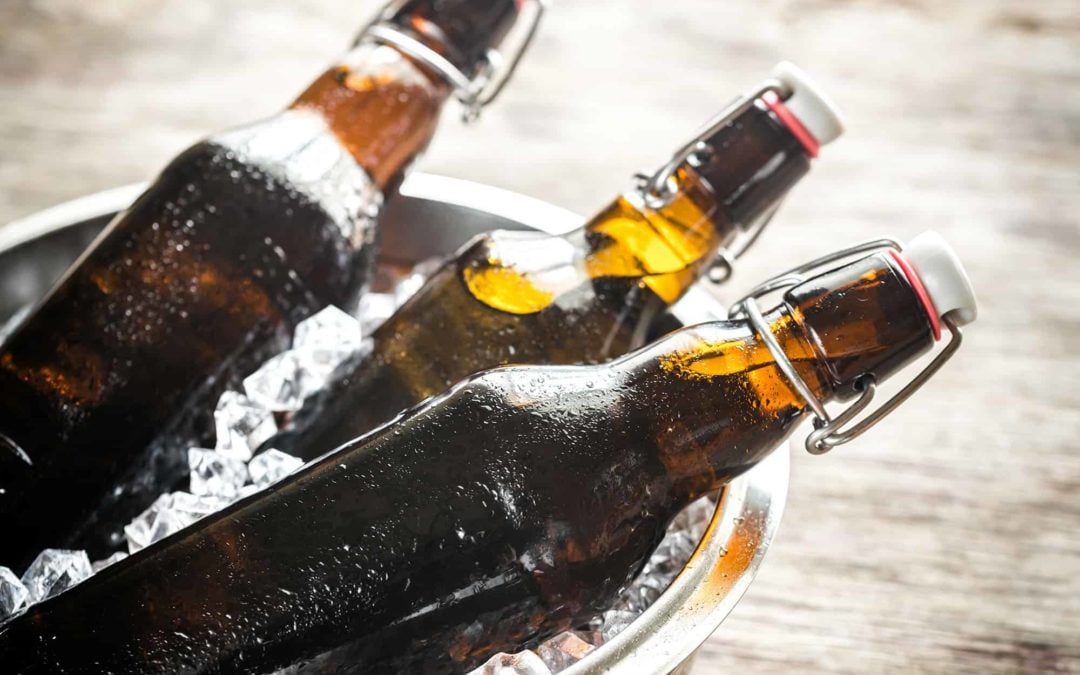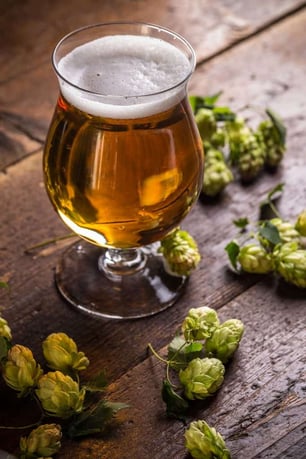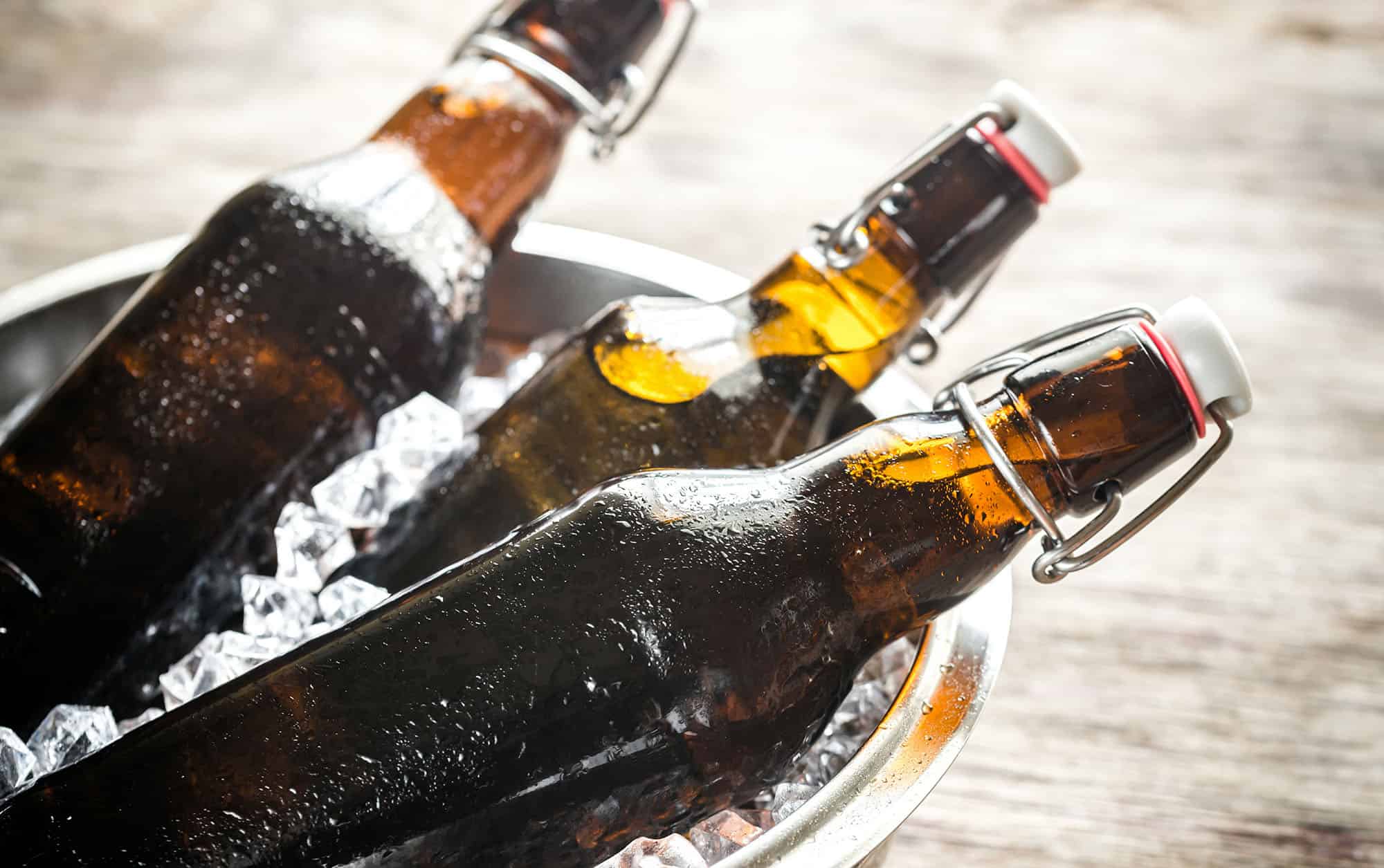Share this
Craft Spirits: Finding Success in a Growing Market - Apex
by Alicia Cannon on Mar 28, 2018

 Several years ago, the beer industry was revolutionized by the advent of microbrewers who produced small batches that focused on carefully crafted, idiosyncratic flavors, sometimes from local sources. That same attention to detail and regional focus is now behind the rise of craft spirits.
Several years ago, the beer industry was revolutionized by the advent of microbrewers who produced small batches that focused on carefully crafted, idiosyncratic flavors, sometimes from local sources. That same attention to detail and regional focus is now behind the rise of craft spirits.
Craft spirits, produced by licensed distillers that have under 750,000 proof gallons removed from bond and are not controlled by a large supplier, had $2.4 billion in retail sales in 2015, and sales are continuing to rise by 27.4% in volume annually. There were over 1,300 active distillers in the U.S. in 2016, and their offerings reflect the wide range of regional varieties available, from the Chesapeake Bay-flavored vodka that tastes like Old Bay Seasoning produced by Philadelphia Distilling Company, to the dried cranberries and eastern red cedar berries in Dry Line Cape Cod Gin made by South Hollow Spirits in Massachusetts, to the Dulce Vida Organic Tequila made by Tito’s Handmade Vodka in Austin, Texas.
There is great potential for growth, but new distilleries still struggle to survive. This is largely due to the fact that 60% of cases sold are produced by only 2% of producers.
To help your distillery succeed, consider these tips below:
Do Your Research
Read about the history of your drink. Meet with other distillers. Study the market. Gin Foundry suggests that if you haven’t studied at least 100 varieties of craft gin, for example, you still do not know enough about gin to launch your own unique product. “So many people launch products claiming to be the first, the only, ‘a unique blend,’ etc.,” they write. “The reality is that for 80% of gins out there, it’s just not the case.”
If all your research leaves you even more energized about the craft spirits market, you can consider that a very good sign for going forward.

Make It Distinctive
Show off the pride you take in your ingredients, the care involved in producing your spirits, and the history of your company. You may emphasize the regional flavors in your product, or you might grow and roast your own grains – like Rogue Ales & Spirits in Portland, Oregon. If your distillery is already well-established, share your history through your marketing materials.
Connect with Your Community
Make a human connection through your marketing and outreach. Find ways to help your customers engage with your distillery, such as adding a tasting room. Copper & Kings American Brandy in Louisville, Kentucky, attracts tourists with a butterfly garden, art gallery, and live music.
Consider Crowdsourcing
As we wrote in a previous post, small businesses that fail to get funding from traditional investors can find success with crowdfunding. Republic Restoratives in Washington, D.C., raised over $119,000 from their Indiegogo campaign, and their success in turn made banks more interested in working with them later. Just be sure to consult our post and plan your campaign carefully.
Think About Your Bottle
The way your product looks on the shelf is a very direct form of marketing. This will influence your customer’s impression of your brand in just a few seconds. When choosing a bottle for your craft spirits, consider these factors:
- Degree of Customization. There are bottles available from direct stock in industry-standard sizes and shapes, and these are the most affordable. Semi-custom or fully custom bottle shapes will look most distinctive on the shelf and will help customers identify your brand immediately. However, they are also more expensive, especially in smaller quantities.
- Weight. Many consumers perceive a heavier bottle as being more luxurious, and that perception may be important to your brand. Conversely, other consumers may appreciate how a lighter bottle uses fewer resources to produce and transport. For this reason, lighter bottles are also less expensive for the distiller.
- Label. All the elements that go into the design of the label will affect your brand image. Some brands may want a handmade, rustic look, and others might want to use a metallic label. Get the best design help you can, and test options thoroughly with your target market.
No matter what shape of bottle you choose for your craft spirits, or how many bottles you need to fill, Apex can customize a solution for you. Call us at 219-575-7493 or visit our page here to discuss your design ideas.

Alicia Cannon
Integrity, honesty, and a dedication to delivering ambitious results serve as the central themes of Alicia’s career and are evident in every interaction she has with our clients. Her relationship-centered leadership style has paved the way for Apex Filling System’s culture of compassion & empathy, executed with accountability that ensures consistently great outcomes. As a learner for life, her pursuit of continuous personal and professional growth has led Apex Filling Systems to be recognized as an industry innovator in customer experience. Holding advanced degrees in the areas of engineering and management, she has a unique ability to analyze processes, identify potential problems before they arise, and develop standardized solutions to ensure every client of Apex Filling Systems enjoys a hassle-free, professional, and pleasant experience. Her leadership style has been influenced by the work of some of the most well-regarded thought leaders throughout the last 50 years. Among them are Jim Collins, Sally Hogshead, John Maxwell, and Tony Robbins.
Share this
- Help First (81)
- Apex Filling Systems (51)
- Filling Equipment (49)
- Informational (45)
- Automatic Filling Machine (38)
- Industry Insights (37)
- Packaging Equipment (31)
- About Apex (20)
- Fillers (14)
- Automatic Capping (11)
- Apex Filling (10)
- Apex (7)
- American Made Goods (6)
- Uncategorized (5)
- Apex Team (3)
- Apex Family (2)
- Absolute Truth (1)
- Apex Way (1)
- Petroleum (1)
- oil (1)
- December 2025 (3)
- November 2025 (4)
- October 2025 (5)
- September 2025 (3)
- June 2025 (3)
- May 2025 (6)
- April 2025 (10)
- March 2025 (10)
- February 2025 (12)
- January 2025 (14)
- December 2024 (1)
- November 2024 (4)
- October 2024 (4)
- September 2024 (2)
- August 2024 (1)
- July 2024 (4)
- October 2022 (1)
- September 2022 (1)
- June 2022 (1)
- October 2021 (2)
- June 2021 (1)
- May 2021 (1)
- April 2021 (2)
- March 2021 (2)
- February 2021 (1)
- January 2021 (2)
- November 2020 (1)
- October 2020 (1)
- September 2020 (2)
- August 2020 (1)
- July 2020 (1)
- June 2020 (1)
- May 2020 (1)
- April 2020 (2)
- March 2020 (2)
- February 2020 (2)
- January 2020 (3)
- December 2019 (2)
- November 2019 (6)
- October 2019 (4)
- September 2019 (3)
- August 2019 (6)
- July 2019 (2)
- April 2019 (1)
- February 2019 (1)
- January 2019 (7)
- December 2018 (6)
- November 2018 (5)
- October 2018 (2)
- September 2018 (2)
- August 2018 (1)
- July 2018 (3)
- May 2018 (2)
- April 2018 (1)
- March 2018 (2)
- February 2018 (2)
- January 2018 (2)
